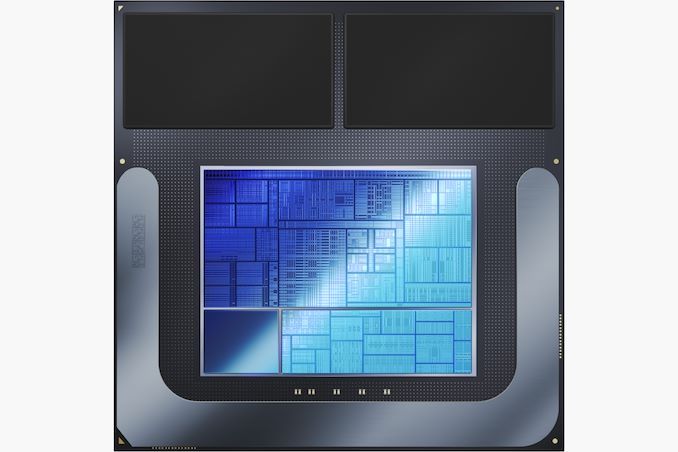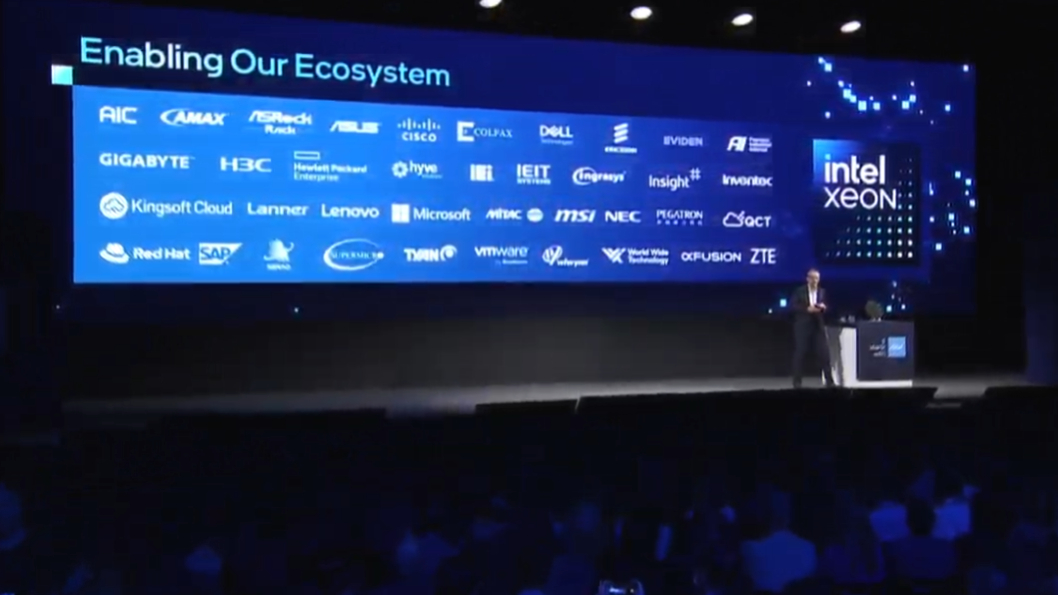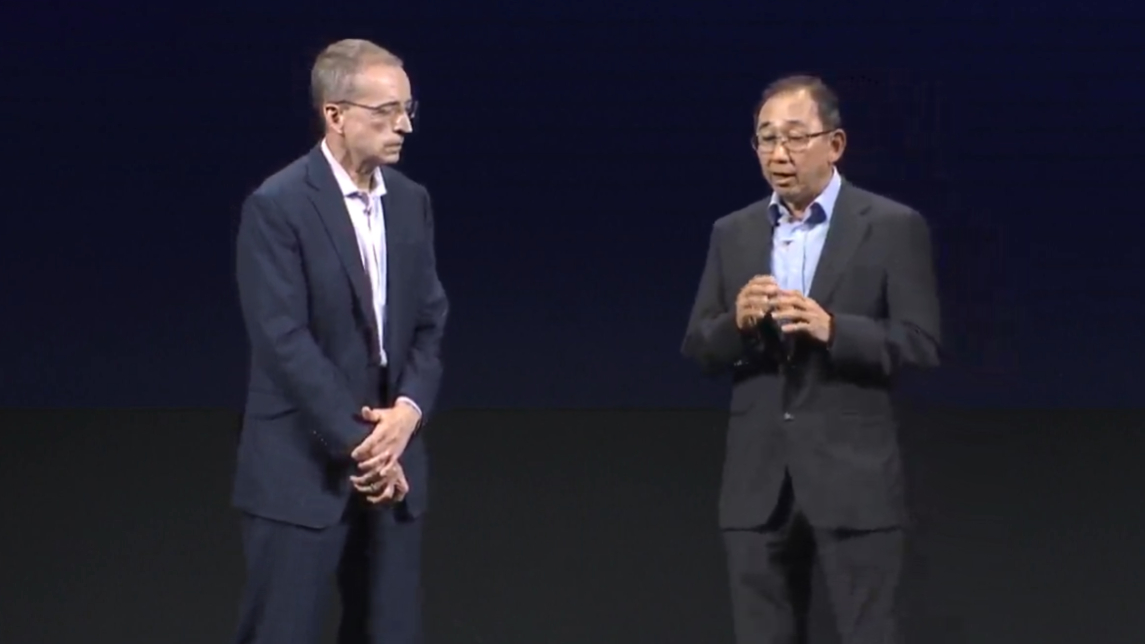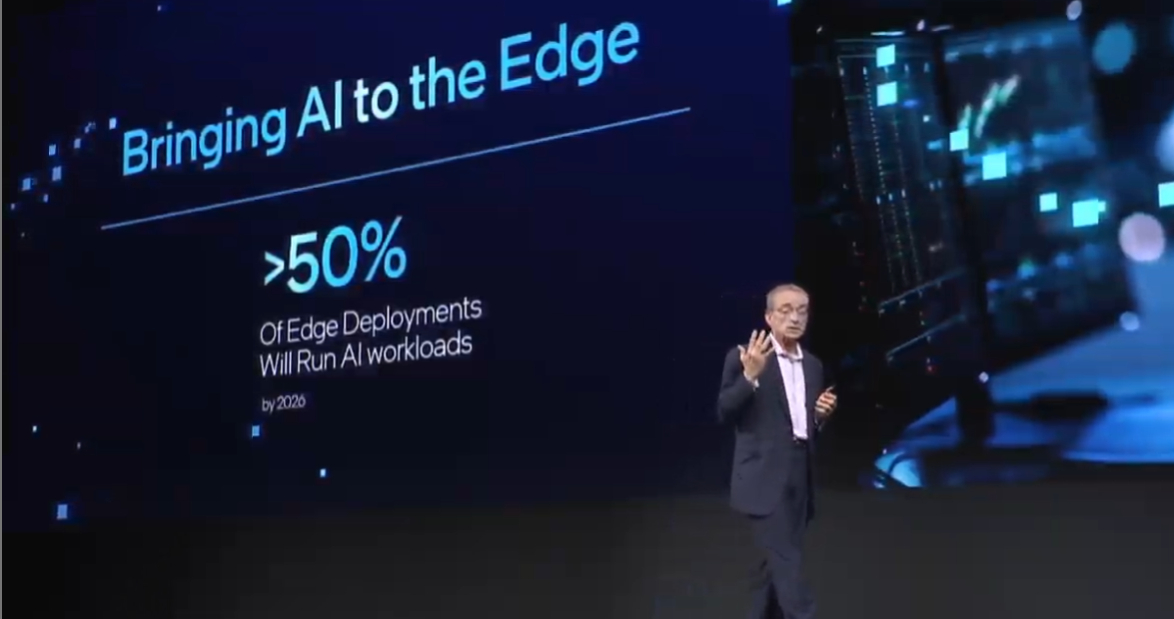
Intel Unveils New Lunar Lake Architecture: A Game Changer in AI Performance
Intel, a leading technology company, recently unveiled its latest architecture, Lunar Lake. This new architecture comes with significant improvements in AI performance and power efficiency. According to Intel's claims, the Neural Processing Unit (NPU) 4 integrated into Lunar Lake can deliver up to 48 TOPS of peak AI performance.
The NPU 4 offers several enhancements compared to its predecessor, NPU 3. These improvements include higher data flow for reducing bottlenecks, a doubled DMA engine bandwidth for improved network performance, and support for a wider variety of activation functions.
Intel's Lunar Lake architecture also includes upgraded P-cores and E-cores, as well as a next-generation GPU architecture. The new processor design integrates 16 or 32GB of LPDDR5X memory into the package itself, reducing power consumption by approximately 40% and eliminating the need for separate memory sticks or chips.
Intel's Lunar Lake processors are expected to offer up to a 2x to 4x performance improvement overall. The new architecture also natively supports H.266 VVC video, providing an additional 10% filesize reduction over AV1.
The introduction of Lunar Lake marks Intel's continued efforts in the AI PC market, following Microsoft's Copilot+ announcement and competition from AMD, Qualcomm, and Apple. Intel is also working with Samsung to bring AI to edge devices. The company plans to discuss UALink, an open interface standard for data centers that includes Intel but notably doesn't include Nvidia.
Intel's Lunar Lake architecture represents a significant shift in the industry, offering improved performance and power efficiency while reducing the need for external memory components. This new system-on-chip design is expected to set a new standard for AI laptop chips.




:format(webp)/cdn.vox-cdn.com/uploads/chorus_asset/file/25473445/ai_dev_kit_ll.jpg)

:format(webp)/cdn.vox-cdn.com/uploads/chorus_asset/file/25473402/npu4.jpg)
